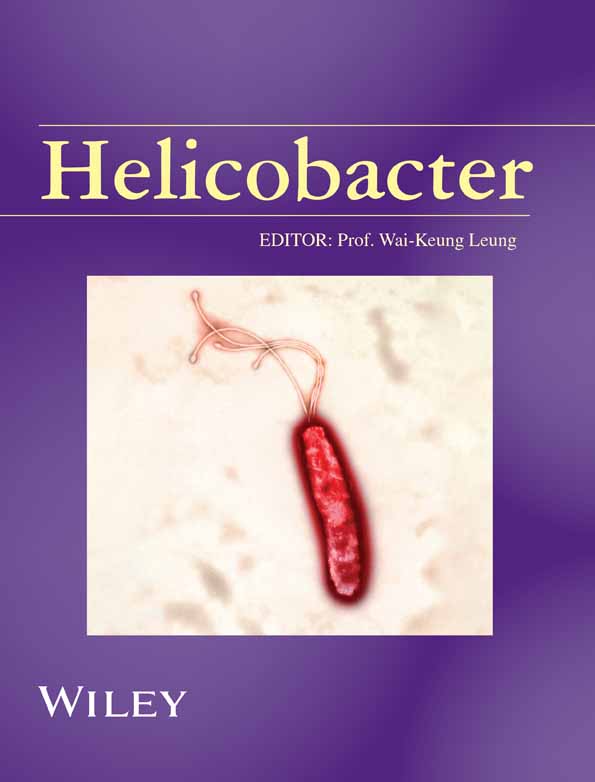The HOMER Study: The Effect of Increasing the Dose of Metronidazole When Given with Omeprazole and Amoxicillin to Cure Helicobacter pylori Infection
The results of this study were presented at the American Gastroenterological Association Meeting, New Orleans, May 1998.
Abstract
Background. Helicobacter pylori eradication with omeprazole, amoxycillin, and metronidazole is both effective and inexpensive. However, eradication rates with different dosages and dosing vary, and data on the impact of resistance are sparse. In this study, three different dosages of omeprazole, amoxycillin, and metronidazole were compared, and the influence of metronidazole resistance on eradication was assessed.
Methods. Patients (n = 394) with a positive H. pylori screening test result and endoscopy-proven duodenal ulcer in the past were enrolled into a multicenter study performed in four European countries and Canada. After baseline endoscopy, patients were randomly assigned to treatment for 1 week with either omeprazole, 20 mg twice daily, plus amoxycillin, 1,000 mg twice daily, plus metronidazole, 400 mg twice daily (low M); or omeprazole, 40 mg once daily, plus amoxycillin, 500 mg three times daily, plus metronidazole, 400 mg three times daily (medium M); or omeprazole, 20 mg twice daily, plus amoxycillin, 1,000 mg twice daily, plus metronidazole, 800 mg twice daily (high M). H. pylori status at entry was assessed by a 13C urea breath test and a culture. Eradication was defined as two negative 13C-urea breath test results 4 and 8 weeks after therapy. Susceptibility testing using the agar dilution method was performed at entry and in patients with persistent infection after therapy.
Results. The eradication rates, in terms of intention to treat (ITT) (population n = 379) (and 95% confidence interval [CI]) were as follows: low M 76% (68%, 84%), medium M 76% (68%, 84%), and high M 83% (75%, 89%). By per-protocol analysis (population n = 348), the corresponding eradication rates were: low M 81%, medium M 80%, and high M 85%. No H. pylori strains were found to be resistant to amoxycillin. Prestudy resistance of H. pylori strains to metronidazole was found in 72 of 348 (21%) of the cultures at entry (range, 10%–39% in the five countries). The overall eradication rate in prestudy metronidazole-susceptible strains was 232 of 266 (87%) and, for resistant strains, it was 41 of 70 (57%; p < .001). Within each group, the results were as follows (susceptible/resistant): low M, 85%/54%; medium M, 86%/50%; and high M, 90%/75%. There were no statistically significant differences among the treatment groups. 23 strains susceptible to metronidazole before treatment were recultured after therapy failed; 20 of these had now developed resistance.
Conclusions. H. pylori eradication rates were similar (approximately 80%) with all three regimens. Metronidazole resistance reduced efficacy; increasing the dose of metronidazole appeared not to overcome the problem or significantly improve the outcome. Treatment failure was generally associated with either prestudy or acquired metronidazole resistance. These findings are of importance when attempting H. pylori eradication in communities with high levels of metronidazole resistance.




